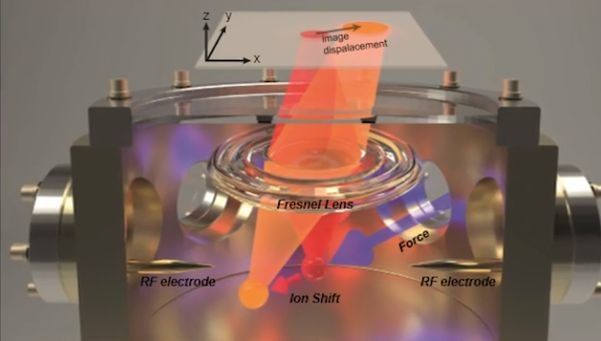Targets included nearly 8000 professors in 22 countries.


Earthquake early warning systems can give people crucial seconds to move to safety—but only if they send the message in time. Now, scientists working on such systems have discovered that the bigger the tremor, the longer it takes to issue an alert—giving people little time to prepare for the big one, but lots of time to brace for a ho-hum event.
All earthquakes start with P waves, which are fast moving and cause little damage. S waves come next, moving more slowly but causing more destruction. Early warning systems measure ground movement during the fast P waves to predict how much shaking the S waves will cause, and then send out an alert.
The researchers imagined a new system in which people could set their own threshold for alerts, based not on the actual magnitude of the quake, but on how violent the tremors would be at their location. They then calculated which magnitudes of earthquake would cause which levels of shaking at different distances from the epicenter. Someone 10 kilometers away, for example, would experience more severe shaking from a lower magnitude earthquake than a person 100 kilometers away would. Once that was done, the researchers estimated how long it would take to send out an alert.



Researchers at Griffith University working with Australia’s Commonwealth Scientific and Industrial Research Organisation (CSIRO) have unveiled a stunningly accurate technique for scientific measurements which uses a single atom as the sensor, with sensitivity down to 100 zeptoNewtons.
Using highly miniaturised segmented-style Fresnel lenses — the same design used in lighthouses for more than a century — which enable exceptionally high-quality images of a single atom, the scientists have been able to detect position displacements with nanometre precision in three dimensions.
“Our atom is missing one electron, so it’s very sensitive to electrical fields. By measuring the displacement, we’ve built a very sensitive tool for measuring electrical forces.” Dr Erik Streed, of the Centre for Quantum Dynamics, explained.

When the water in the rooftop cooling towers of a building’s air conditioning system gets infected with Legionella bacteria, people in the building can get potentially-fatal Legionnaires’ disease. Therefore, it’s important to check that water for the bacteria on a regular basis. A new chip is promised to do it faster than ever.
The typical method of checking for Legionella involves putting a water sample in a Petri dish, then waiting 10 to 14 days to see if any bacterial cultures grow. Unfortunately, populations of Legionella can reach outbreak levels is as short a period as one week. Additionally, if an outbreak has already occurred, then its source needs to be ascertained as fast as possible.
That’s why the new LegioTyper chip was created.

Scientists have used the same technology that brought us time crystals to create a room-temperature maser—a microwave laser—that overcomes many of masers’ past problems.
Masers predate lasers. They’re pretty much the same thing, but masers shoot out microwave light instead of visible or infrared light. Lasers have always been more popular, since masers have only worked in short pulses and required incredibly cold temperatures and vacuums to operate. But now, a team of scientists in the United Kingdom has overcome both old and new challenges to debut their continuously emitting, room-temperature maser. Their research was published this week in Nature.
Masers and lasers operate on basically the same principle. Atoms typically have electrons orbiting their nuclei in specific energy levels. Add some energy in the form of, say, a photon, and the electrons jump to higher energy levels. Pump enough of those electrons into the same higher energy level, and you can release a cascade of photons of the same color (or wavelength, in physics speak) whose waves line up.

Inhabitat spoke with Apeel Sciences CEO James Rogers about Edipeel, a product created with edible extracts from fruits and vegetables to preserve produce.
